So you are starting a new business, or maybe just a new project and you have to estimate what the total expenditure will be.
I always say to people whether it is in business or if you are doing some DIY at home – estimate what you think you will spend and at least double it (or maybe treble) and then you will have the right figures. There always seem to be hidden costs that are very often forgotten. Some people say that you shouldn’t over estimate but I have seen so many companies take on projects only to run out of money.
So look at a business perspective for each of the following
- How much will it cost in the first year, second and even the third
- When will you be called to pay these costs. Maybe in the first year, while you get established, you might have to pay on invoice, however once you have a reputation you maybe able to pay monthly or on say 60 days terms.
Remember what ever you do,the cost of an item is incurred when bought, but the expenditure is involved when it has to be paid.
It is very important at the very beginning to realise the difference between cashflow, when the cash actually comes in or out of your business, and profit and loss calculations, which are based on income generated and costs incurred over a period of time.
For example, you may have to pay for raw materials or goods even if you have not used them, but they appear in your profit and loss once they are used. Another thing to consider is that if you borrow money to pay for the materials or goods, you are incurring the cost of the loan all the time it is outstanding. There is also the consideration of the cost of stock holding on the business. One customer had over £1million pound stock some of which had been sitting there for many years incurring costs to the business.
When a cost of an item for example electricity is incurred before the bill arrives, then this is classed as a cost that requires to be accrued. It will need to be included in the P & L but only appears in your cashflow statement when the bill is paid.
Costs to your business need to be split into two main areas
- Fixed Costs – these will remain the same whatever the amount of sales you make eg. Rent, Rates, Salaries etc.
- Variable Costs – these will vary dependent on the amount of sales you make eg. Overtime, Fuel, Commissions
Although it seems that Fixed costs means what it says, you will have to consider that these could alter considerably if for example when your sales increase and you have to take on more staff, get bigger premises or possibly buy other machinery.
You can look at the fixed costs today but don’t forget, even if your business has the same volume of turnover often costs increase year on year- one area is being rates, which rarely go down but usually increase.
Next Article – Looking at Fixed Costs
Need Help ? – Contact kathryn@legworkms.com

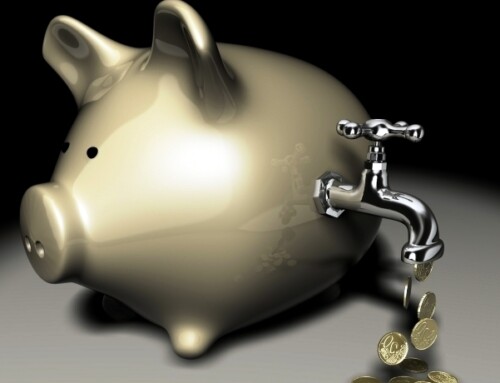
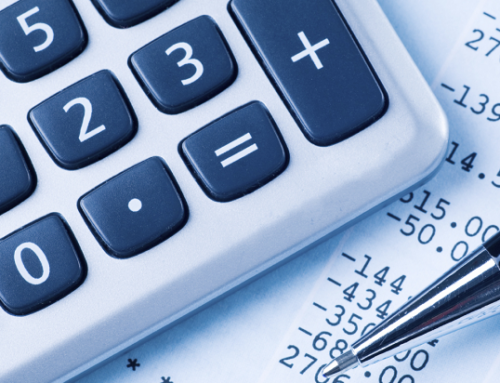

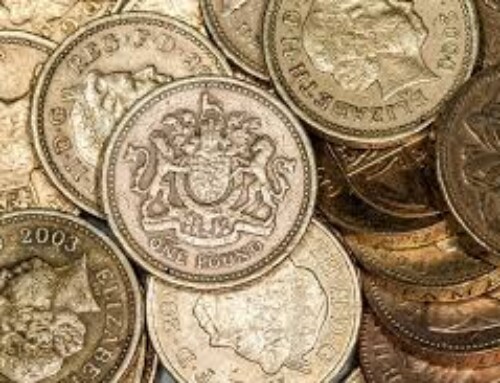
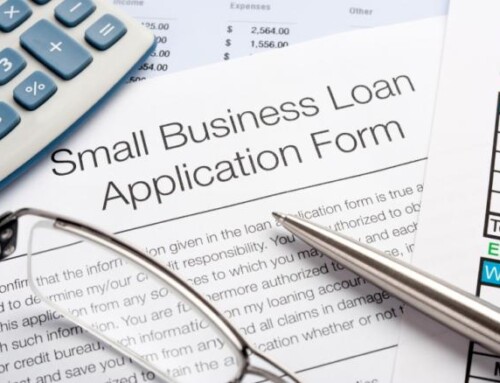
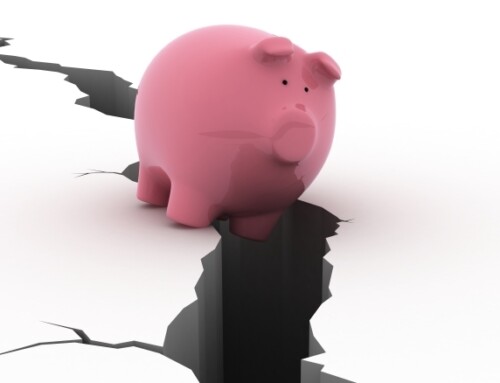
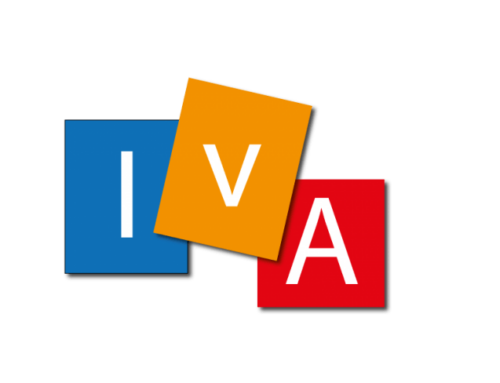

Leave A Comment